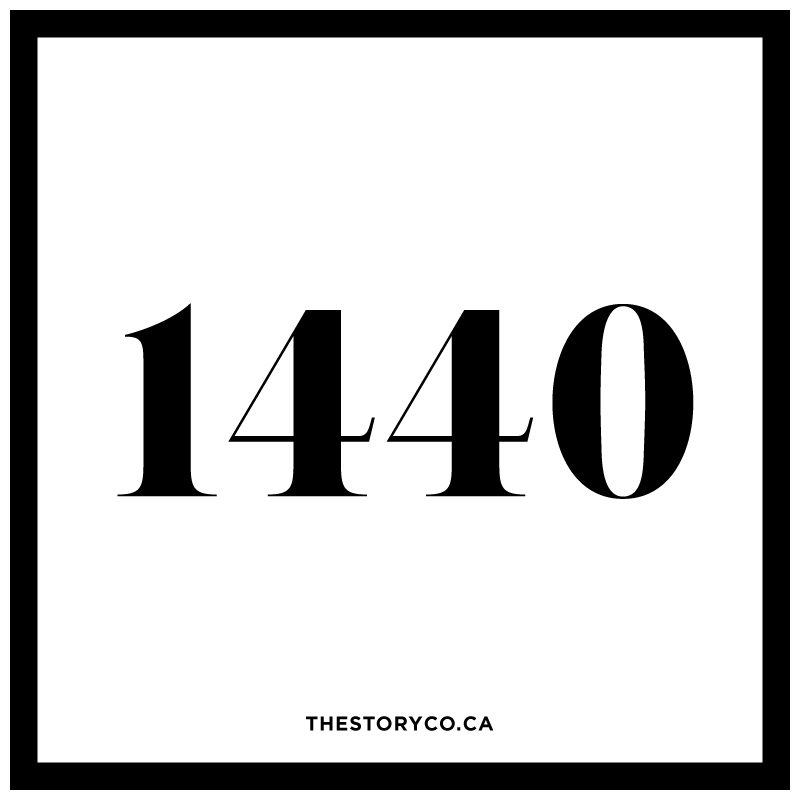I was always good at thinking on my feet.
From a young age I was always the “performer” in my family and would always be putting on a show at family gatherings. So, it was no surprise that when I had the opportunity to join Regina’s premiere improv company, Hitchhikers Improv, that I jumped on the opportunity.
Improv has taught me so much more than how to expressively and humorously get my point across; it has had ripple effects into how I communicate in everyday life too!
Being understood is everything in business and in life. Being at a loss for words can be everything too – and not in a good way! Under communicating, miscommunicating, and over communicating can be a mine field that can affect everything from opportunities, to team morale and especially the bottom line
But, I have a solution: improvise!
There is one main takeaway I’ve picked up from being on stage that has enhanced my communication skills it is this:
Don’t Listen to Respond, Listen to Understand!
Often during a conversation, we are simply listening to what the other person is saying and waiting to respond and get our message across. We seem to miss the step of “understanding”.
Something I’ve learned from improv, however, is that if you simply listen to respond, the “wants” of your respective characters can go in completely different directions and the scene feels jumbled and without meaning. If you listen to understand , you can fully react to what the person you are communicating with is looking for and how that may fit in with your own ideas which allows the scene, or the business, to run a lot more smoothly.
Along with learning how to listen with intent, learning to improvise has also given me the ability to rapidly think on my feet and trust those around me to carry on the “story” if I draw a blank. That’s how good business teams work too! Knowing when to jump in and knowing when to stand back. It is a creative and intuitive way to be present, and that is just a great way to do business and live life.
Written by: Braedon McLeod






